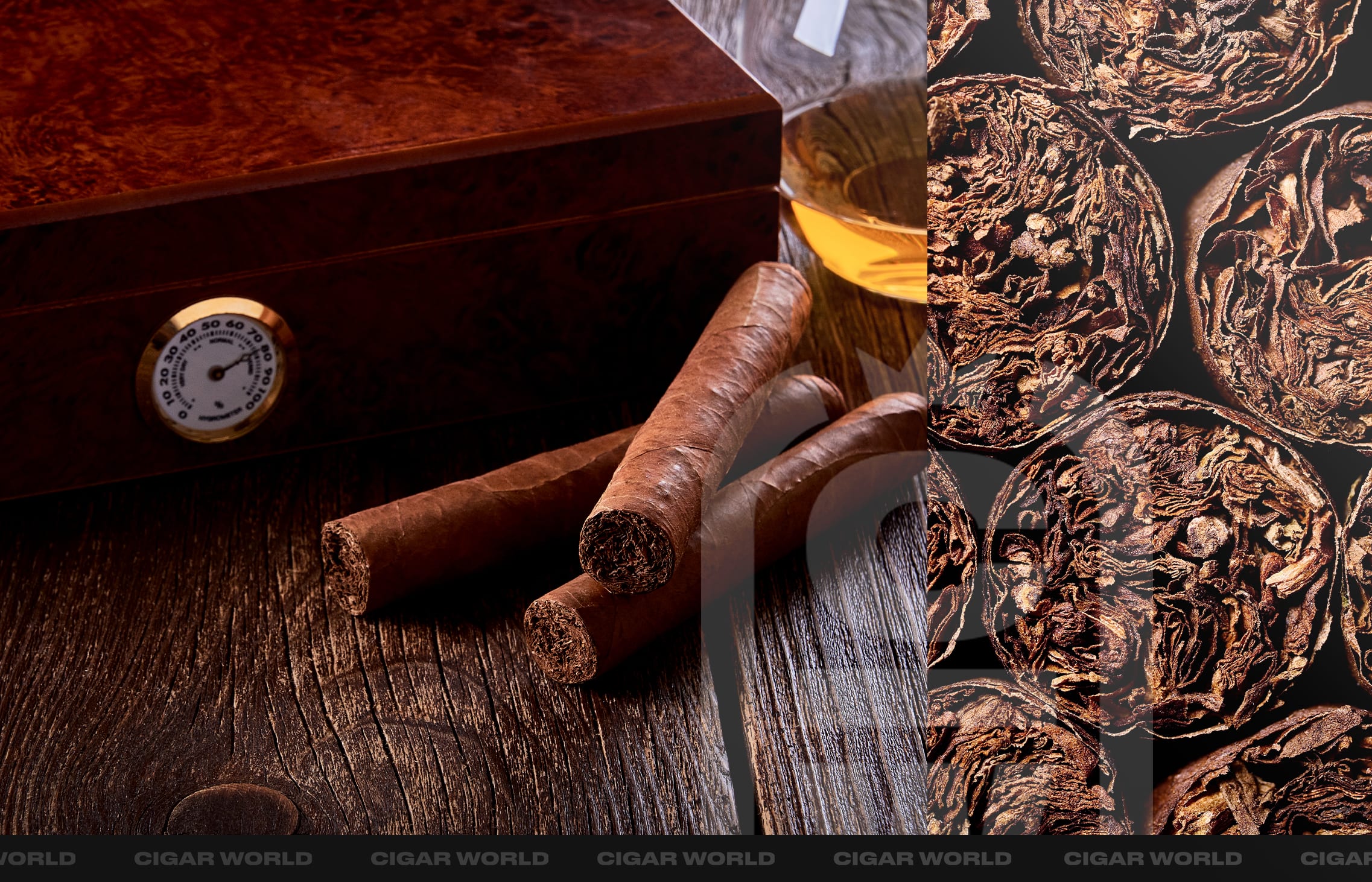
Locked-in Humidity Pouches: How Do They Work?
Many factors can affect the cigar-smoking experience. From the age and quality of the cigar to the setting to the drink pairing you choose — various elements can influence your enjoyment (or lack thereof) of any given smoke. Few things, though, are as crucial to cigar quality as proper humidification. Since cigars are natural products made out of tobacco leaves, preventing them from drying out is essential to ensuring a pleasant smoking experience.
Today, we’ll focus on locked-in humidity pouches and explain how they work and what you can expect from cigars sold in re-sealable pouches.
Humidification Re-Fresh
First, let’s quickly review cigar humidifcation. If you’re new to the category, you should know that cigars should be stored in a dry, sealed environment with a humidity of around 70% and at a temperature of around 70 degrees Fahrenheit (with some variance allowed for different climates and personal preferences). Cigars left outside of a controlled setting will usually only remain in optimal smoking condition for a day or so. However, cigars kept under proper humidification can stay in good condition for decades (potentially).
Humidification Pouches 101
For most cigar smokers, a personal humidor is ideal for storing cigars. With a personal humidor, you can control the humidity levels, monitor your cigars, and store many cigars (from 25 on the small end to several hundred in cabinet humidors).
Locked-in humidity pouches work in much the same way as a humidor. The best of these pouches have an air-tight seal and a humidification pack (to maintain proper humidity levels). You should be able to open and re-seal one of these pouches and store any leftover cigars for around 90 days (a few months).
Locked-in humidity pouches are often used as cigar sampler packs. They’re ideal for taking on trips, storing extra cigars if your humidor is full, and gifting to a friend who may not have a dedicated humidor at home. You should not expect the quality of cigars sold in locked-in humidity pouches to differ from cigars sold in boxes or any other type of packaging.
Final Thoughts
Cigars sold in locked-in humidity pouches should be good to go right from the store, and they should have a shelf-life in the pouch of a few months. Before you smoke any cigar, though, it’s a good idea to check it for any tell-tale signs of humidification issues. If, for instance, the cigar is very soft and spongy to the touch, then it is possibly over-humidified and may need a few hours outside of the humidor to dry out. On the other hand, cigars that appear faded and dull or that have a peeling or cracked wrapper leaf are probably under-humidified. In moderate cases, it is possible to restore under-humidified cigars by placing them in a properly humidified environment for a few weeks.
Did you find this article helpful? Sign up for Cigar World for more information on all the hottest brands and topics in the cigar industry!

Previous Article: Best Practices for Maintaining Your Humidor
Humidor maintenance is — admittedly — not the most fun part of the cigar hobby. However, a humidor is essential for keeping cigars in their ideal smoking condition. A humidor doesn’t require much tinkering once you’ve set it up, but knowing how to keep it functioning could save you a lot of stress. Here are a few best practices for maintaining your humidor.

Next Article: Cigar World’s Guide to Rehydrating Cigars
Like most good things in life, cigars need a little maintenance occasionally. As you may already know, leaving cigars outside a controlled, properly humidified environment can lead to them drying out and becoming stale. Thankfully, you can still rejuvenate most cigars and restore them to (almost) ideal condition by following a few simple steps.


Comments
No one has commented on this page yet.